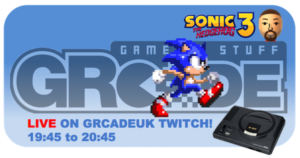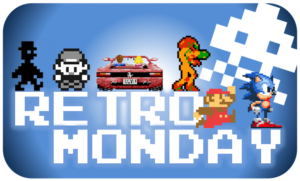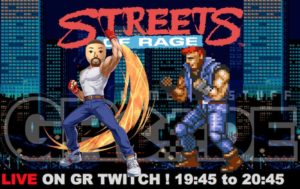
The third game in the series, Sonic the Hedgehog 3 was released in 1994 for the Sega Megadrive/Genesis. Sonic 3 has been re-released and featured in Sega/Sonic compilations across most modern systems since and despite the dip in quality of 3D Sonic games in the late 2000s the 2D retro aesthetic is combing back through Sonic Project 2017 and Sonic Mania due later this year.
Visually Sonic 3 is stunning; the sprites are detailed and humorous, the background and foreground art is vibrant with a lot of variety between levels. The soundtrack is full of catchy tunes that I found myself happily whistling or humming along as I ran and jumped through levels.
Sonic 3 plays how you expect a Sonic game to be: fast, frantic and a hell of a lot of fun without the cheap and random pits of death all over the place as seen in later iterations. The game has variety beyond just going fast. The game takes its time with some more methodical platforming which makes the speedy sections feel faster. It’s a shame Sonic Team have taken to starting from scratch with each Sonic game instead of building on what came before it as they did with the first 3 Sonic Mega Drive games. For me Sonic 3 isn’t just one of the best Sonic games, it’s also one of the best games on the Mega Drive, even more so when connected to the Sonic and Knuckles cartridge in an early example of expanding gameplay beyond the physical hardware. I’m looking forward to Sonic Mania and hope it can live up to the legacy of the Sonic the Hedgehog brand’s earlier years.
Verdict: Highly Recommended.


